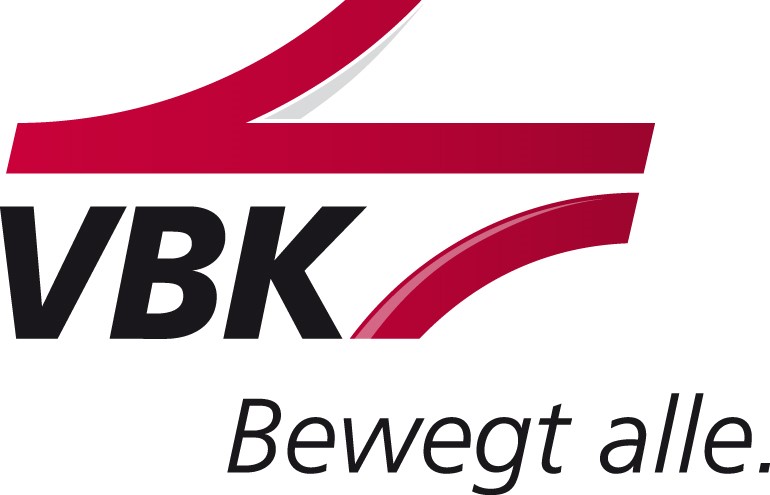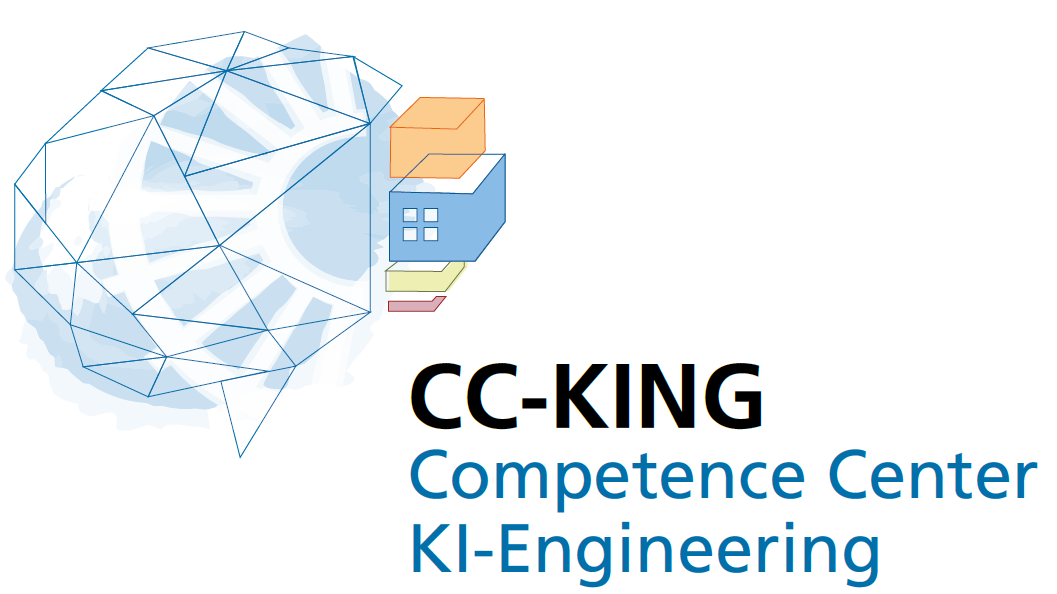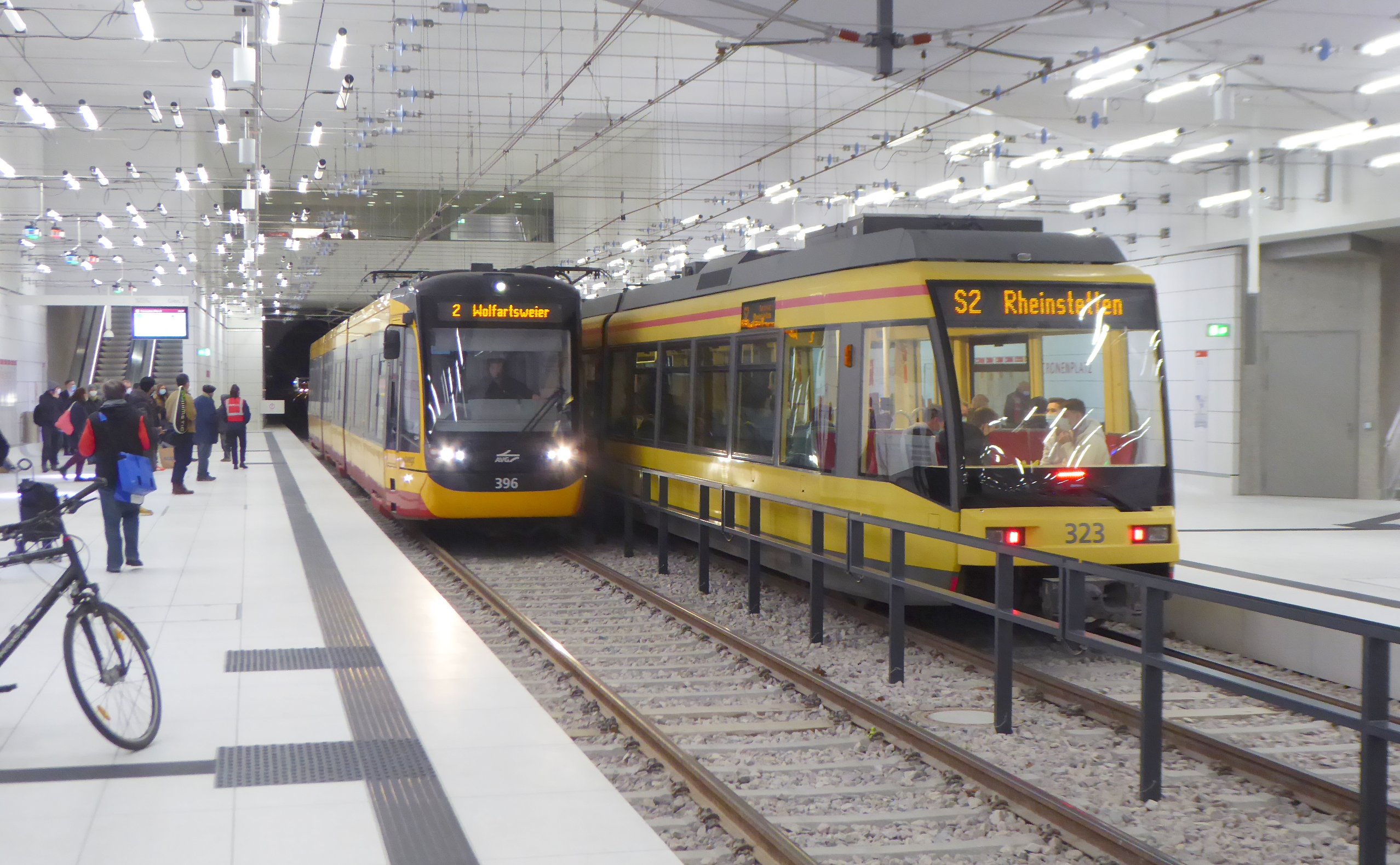
Initial situation
In mid-December 2021, Verkehrsbetriebe Karlsruhe brought the rail tunnel in Karlsruhe into operation. Compared to above-ground lines, driving a train in the tunnel is much more complex for the drivers. On the one hand, visibility is restricted in the tunnel, on the other hand, there are much more restrictive safety precautions. Therefore, the relevant legal ordinance for trains in Germany, the Betriebsordnung für Straßenbahnen (BOStrab), requires a train protection for tunnel operation comparable to the signaling of railroad lines.
Problem definition
Trains in the tunnel are controlled by a central train control computer. Among other things, the computer is responsible for setting the track switch in the track triangle and ensures that the trains maintain their safety distances. Due to the greater complexity of the train control system and the high volume of traffic in the tunnel, unexpected, short-term delays can occur. Usually, the control allowing which train can to pass the tunnel is determined by the train control computer; but if necessary, a dispatcher can intervene and coordinate when a train is allowed to run. Hence, this QuickCheck investigated the extent to which an AI-based assistance system can support the dispatcher and anticipate an impending delay.
Solution
As a data basis, log files of the train control computer over several days were used. Since this data is intended as informative data for software developers and is not machine-understandable in its raw format, the data set was first structured and converted into a uniform format. This was followed by an exploratory data analysis while the data set was evaluated using classical statistical methods. Therefore, the main goal of the analysis was to find out whether the data is suitable as a basis for an AI-based assistance system or whether other data sources have to be used.
QuickCheck results
The exploratory data analysis already provided initial findings. For example, it became clear on which sections of the tunnel short delays can occur during the course of the day. The data also showed that short delays can occur in the tunnel especially at peak times. In the early morning hours, as well as in the evening, the trains passes through the tunnel without any delays.
 Competence Center AI Engineering
Competence Center AI Engineering